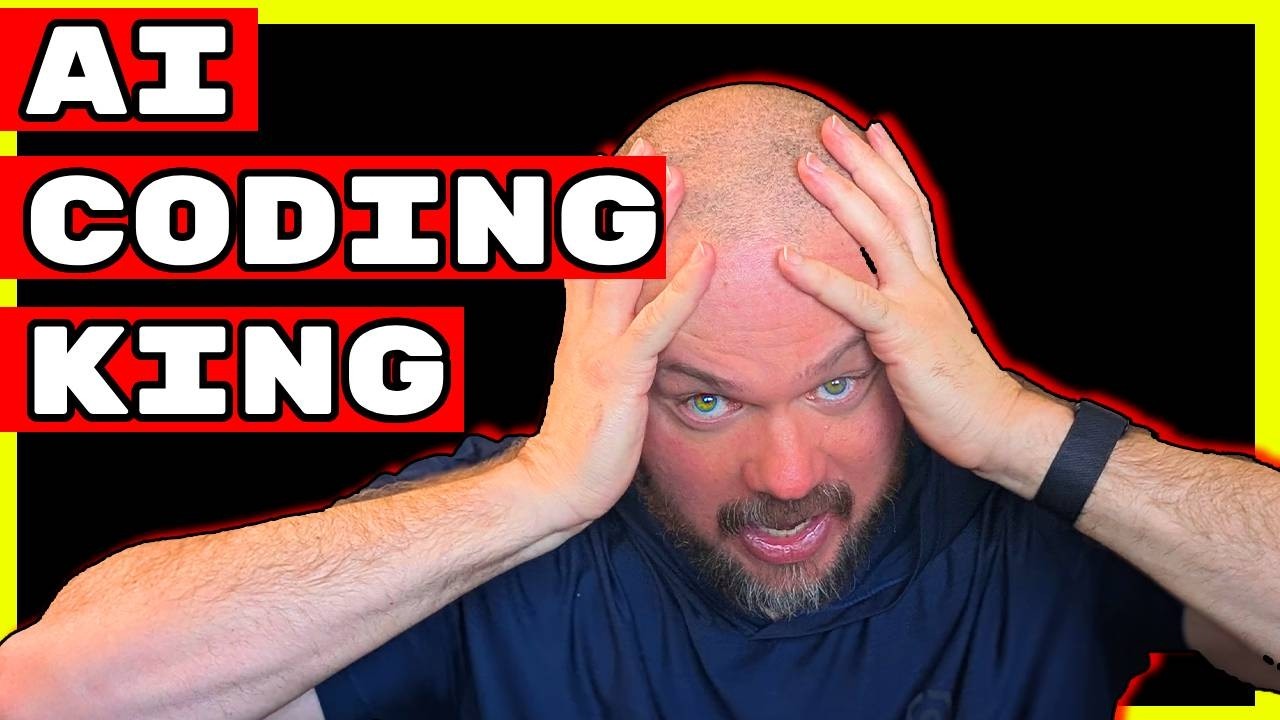The video showcases a showdown between various AI models, including OpenAI’s Claude 3.7, O3, O4 Mini, and Google’s Gemini 2.5 Pro, as they attempt to create a fully autonomous snake game with reinforcement learning, along with other game simulations like a solar system simulator and a soccer game. Ultimately, Claude 3.7 and Gemini 2.5 Pro emerge as the top performers, demonstrating their strengths in game development despite some challenges faced by the other models.
In the video, the host conducts a showdown between various AI models, specifically OpenAI’s models (Claude 3.7, O3, O4 Mini, and O4 Mini High) and Google’s Gemini 2.5 Pro. The primary focus is on evaluating how well these models can create a fully autonomous snake game using Python, with the added challenge of implementing reinforcement learning for the snakes to teach themselves how to play. The host begins with a relatively simple prompt for the models, asking them to create a snake game where two snakes compete against each other, keeping track of their scores based on survival and fruit consumption.
The first model tested is Claude 3.7 Sonnet, which successfully creates the game with good graphics and a functioning scoreboard. However, it crashes due to a type error. Next, Gemini 2.5 Pro is evaluated, and it performs well, maintaining a clear scoreboard and showing a summary at the end of each round. The O4 Mini High and O4 Mini models also deliver decent results, but the host notes that they struggle with snake collisions. O3 stands out for its ability to prevent collisions, showcasing a more sophisticated approach to the game mechanics.
As the testing progresses, the host increases the complexity of the prompt by introducing reinforcement learning and obstacles in the game. The O4 Mini is the fastest to complete this task, but it encounters errors that prevent the script from running. Claude 3.7, on the other hand, successfully implements the reinforcement learning aspect, demonstrating its ability to train the snakes over 500 episodes. The results show that the trained snake outperforms the simple script, indicating that the reinforcement learning model has effectively learned to play the game.
The video then shifts to a new prompt, asking the models to create a 2D solar system simulator. The O4 Mini performs reasonably well, capturing the essence of the task, while the O4 Mini High introduces rotating planets but lacks some functionality. Gemini 2.5 Pro struggles with the launch mechanics, and Claude 3.7, despite having good graphics, fails to implement gravitational effects properly. The O4 Mini ultimately emerges as the best performer for this task, demonstrating a solid understanding of the prompt.
Finally, the host challenges the models to create an autonomous 2D soccer game with various mechanics, including player stats and scoring systems. The O3 Mini struggles with the task, while the O4 Mini High successfully implements a scoreboard and screen shake effect. Gemini 2.5 Pro excels in this challenge, showcasing a robust leveling system and player mechanics, earning an A+ for its performance. Claude 3.7 crashes during its attempt, highlighting the competitive nature of the models. Overall, the video illustrates the strengths and weaknesses of each AI model in game development, with Claude 3.7 and Gemini 2.5 Pro emerging as the top contenders.
